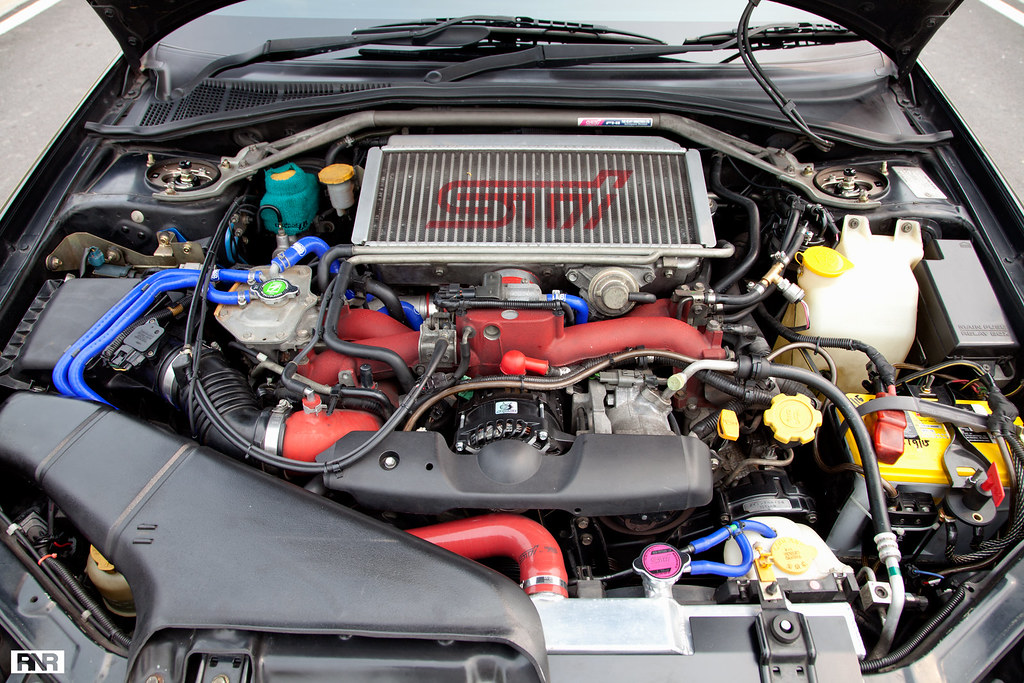
For the last part of 'The Dummies Guide', I'm going to talk about the most expensive of the lot - forced induction (FI). Generally speaking there are two types of FI :
1. Supercharging
2. Turbo charging
(And in some really adventurous cases, a combination of both supercharging and turbo. Not for the feint hearted or the weak wallet!)
The reason why I say this is the most expensive modification is this : I personally don't believe in transplanting engines. The cars essence is no longer the same if you swap a different engine, such as those 4G63T transplants in the Proton Satria - are you a Satria or are you an Evo? Frankensteining your car is plenty fun, but let's be honest - no one wants to spend time getting your car inspected by the authorities, allowing them to thrash your car in a series of tests only to later inform you that you can't register the transplant because your brakes were crap or your lights is the wrong colour. Then there's the insanely long queues! Heaven forbid spending all that time queueing only to be rejected!
So in my opinion bolt-on is the way to go but it's not exactly the cheapest nor the most efficient. A turbo charged 4G15 essentially is still a 4G15 and the amount of money required to BOT (bolt-on-turbo) probably would tally-up to a GSR or Mivec halfcut. But again - where's the fun in that? Pushing the limitations of your engine is half the fun, doing it without wasting time having it inspected is even better.

First things first, your engine in its stock form (or NA modded form) is not going to cut it for FI. You'll need to upgrade the fueling, the brains (ECU), the pistons and the exhaust. Then there's the suspension and braking upgrades you'll need to do in order to safely handle the car with the upgraded power. All of this adds up to a lot of money - almost RM10,000 if not more! (Approximately USD2300)
FI is a great way to get the extra kick in the balls from your engine. If a displacement upgrade (stroke and bore) isn't enough, FI will give you a good power up. Stock atmospheric pressure is roughly 14psi, FI usually gives you 5psi to 9psi gains, so that's roughly a good 50% increase! Minus away the inefficiencies, friction, heat, etc and you'll still have 40% at the very least. Money well spent if done properly!
To prepare for FI, you need to invest in good low compression pistons. This will help reduce the chances of engine knocking at high boost levels. If you're one of those lucky owners that has an engine that has an OEM FI version of the same engine, you can opt to buy your pistons from those engines at a considerably lower cost (eg- K3VE and K3VET, transferrable parts). Otherwise you're probably looking at custom forged pistons or a lot of R&D with various pistons from other car makes and models.
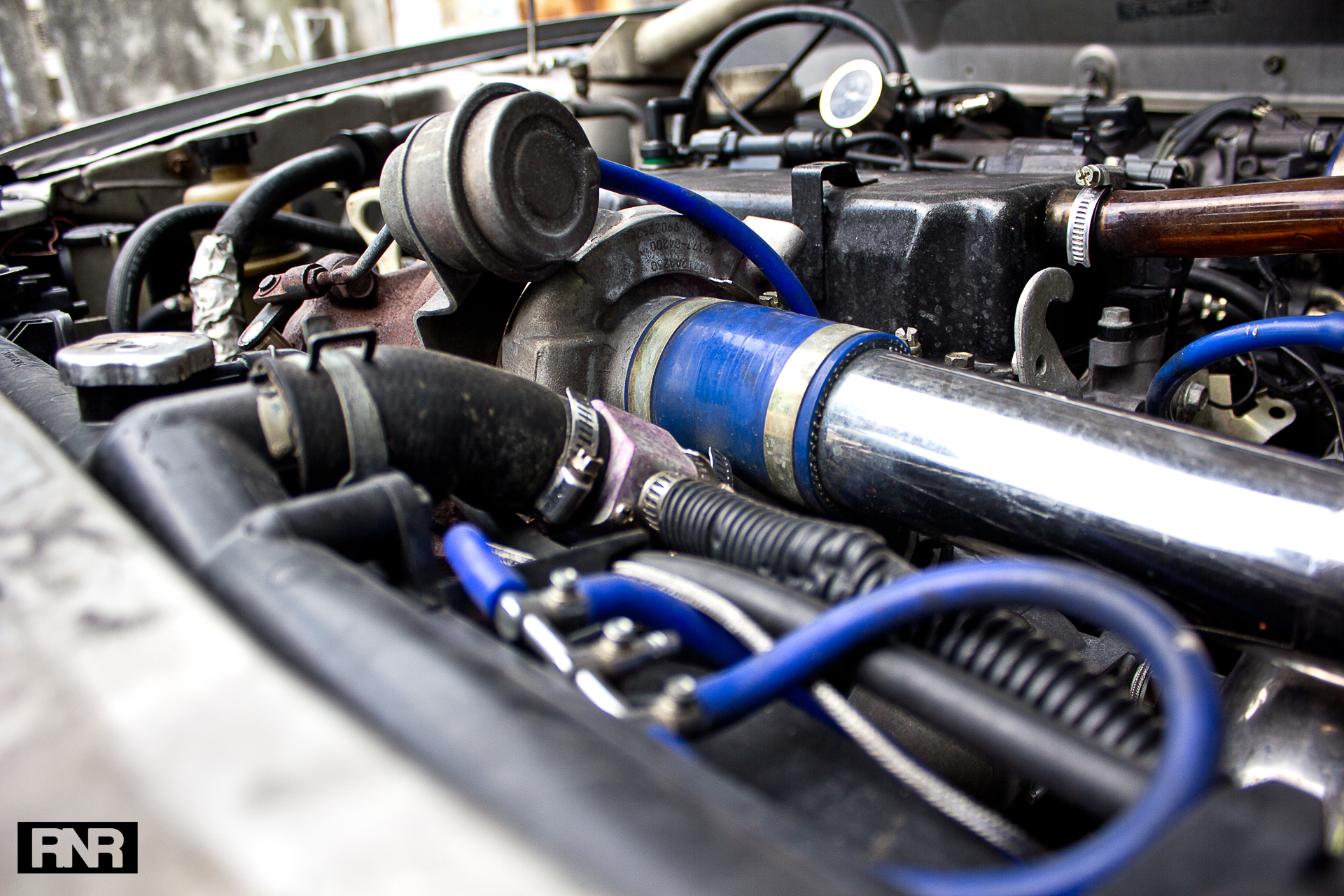
Next up, invest in a proper intercooler, turbo timer and ECU. The intercooler is essentially there to cool down the air you're going to pump into your intake and turbo. This is important since the air forced in by an ultra hot turbo will be equally hot. Hot air into the intake is not good for power (not rich in oxygen hence poor combustion). Superchargers on the other hand may not need an intercooler depending on how much boost you're looking at. 6psi of boost won't need an intercooler, 8 or 9psi will.

Why the need to get a good turbo timer you ask? The engine components get ridiculously hot when in operation so when you power down your engine, the timer will run the radiator fan for a few more minutes to allow for the engine to cool down gradually to prevent premature wear and tear, and warpage of parts. I don't believe supercharged cars need a timer but having one isn't going to do any harm.
As for the car brains, you definitely need to upgrade or replace your ECU. The stock fuel map isn't going to cut it anymore, not with that much air being compressed into the cylinders. The recommendation is to use a standalone ECU for more flexibility in setting up your air/fuel ratio, fuel map customization, extra injectors (if you intend on adding one), ignition timing, etc. Piggyback ECUs can do some of these things except they won't allow modification of the fuel maps. What Piggybacks do (in general) is just trick the stock ECU into thinking it needs to pump in more fuel. Choosing either one really depends on the skills of your tuner, which brings me to my last point.
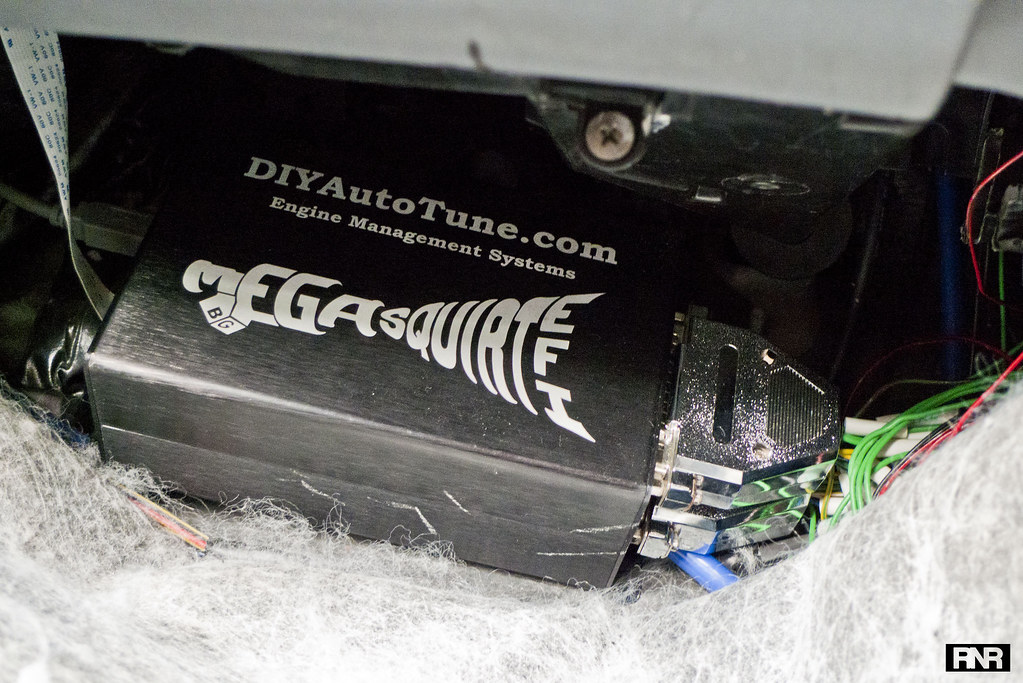
Choose a tuner wisely. FI isn't something you can DIY unless you've got the know-how, the tools, and the balls! One wrong turn and you could wreck the engine! There are plenty of good tuners out there, get referrals from friends with proven machines and do your homework on the tuners credentials.
To turbocharge or supercharge?
Superchargers generally are related to better torque across the range. They are easier to maintain and generally are less problematic compared to turbos. However superchargers leech off the engines power (usually via the crank) to provide you the power and that results in lower power output compared to turbos... very much lower. But gotta love that addictive whining noise it makes whenever you accelerate! Like a bat from hell, a properly supercharged car will make such a racket it'll scare dogs and little children everytime you step on the go-faster-pedal.
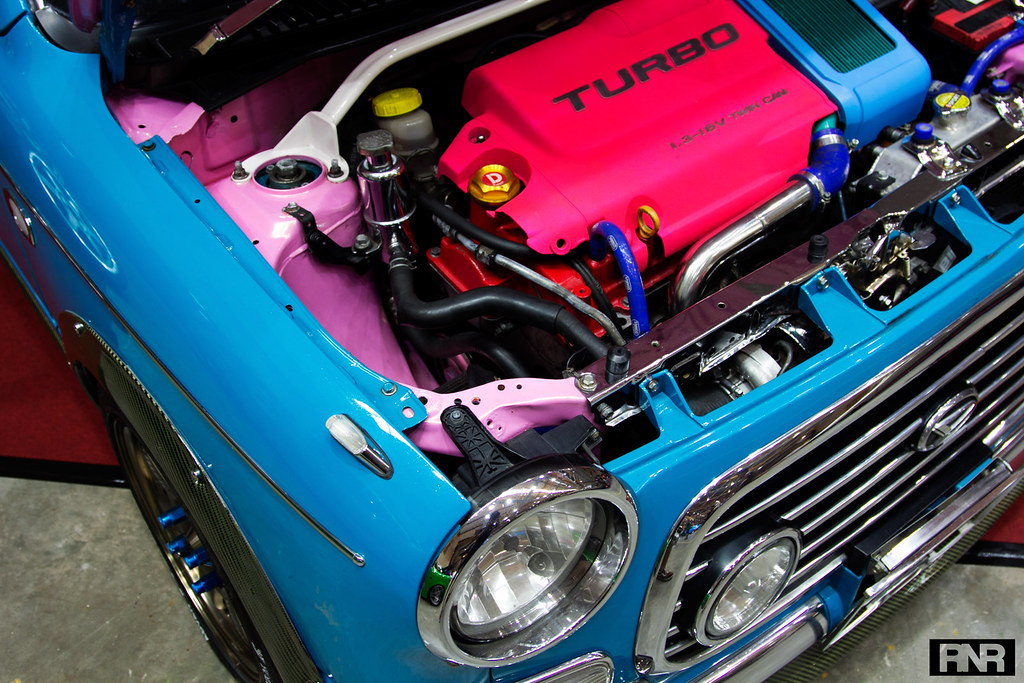
Turbochargers are known to be bigger ball bangers because of the massive amounts of power it can give you. Turbos are actually used in a lot of "energy efficient" cars because of the way it produces energy from waste.
Let me explain - turbos are like little fans. You introduce the fan to some flowing air and it turns. Superchargers on the other hand are mechanical blowers which compress air based on how fast your engine is going. Turbos make use of exhaust gases to turn the 'fan' to compress air into your intake. Meaning the more exhaust gases, the more the turbo compresses. That also means turbos are way more efficient compared to superchargers since it doesn't rely on anything mechanical to provide the power.
The only downside to turbos is generally what is experienced by all fans, fans spool up to eventually reach maximum velocity. The time the turbo takes to spool up is known as turbo lag meaning your power is not immediate like superchargers.
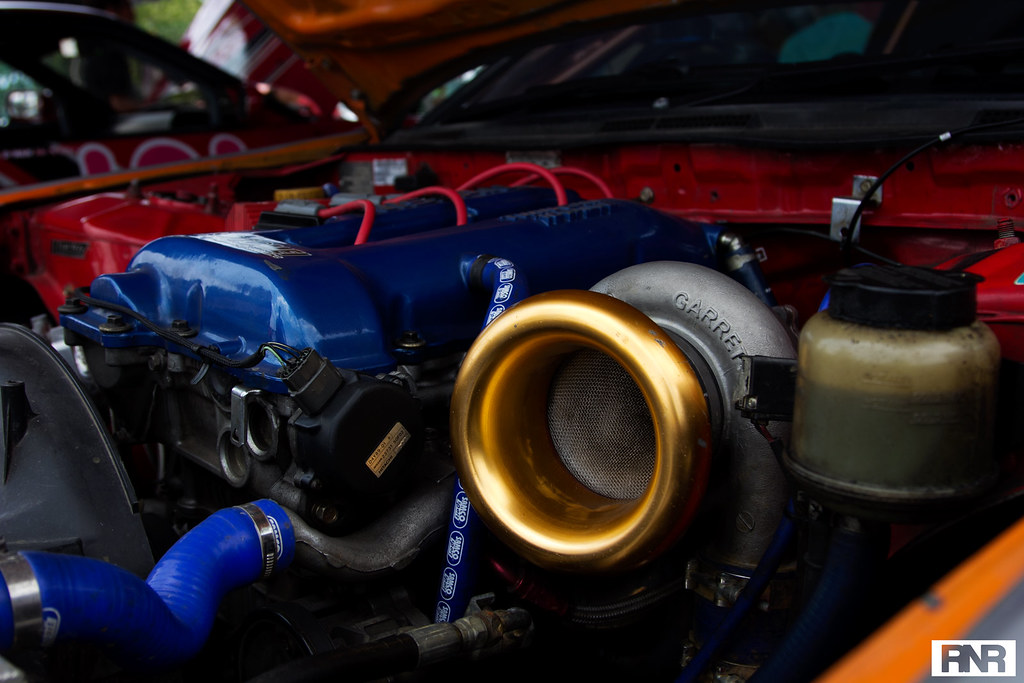
Turbos have one extra thing that needs to be done - you need to route an oil channel from your oil sump to the turbo for cooling and some cases lubricating purposes.
Other things like manifold, blow off valve and/or wastegates are a must for turbo applications. They don't really apply to superchargers though. Superchargers are generally placed before the intake manifold whereas turbos have to be placed where the exhaust gases are.
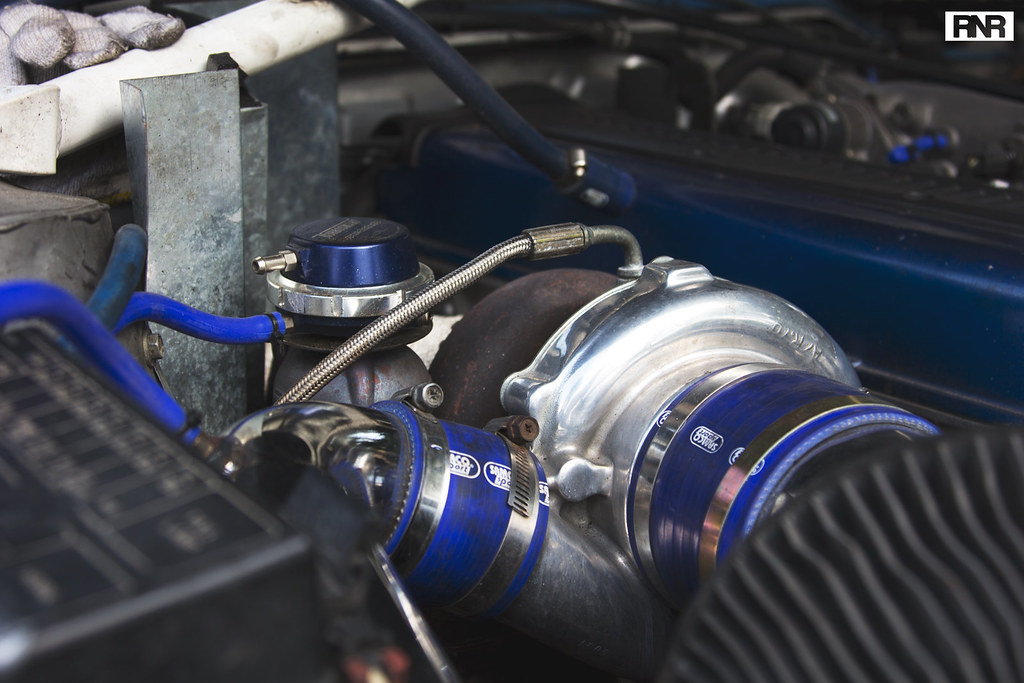
A BOV (blow off valve) is used to release boost pressure from the intake whenever the throttle body is closed. Whenever the turbo spools up, it generates enourmous amounts of pressure in the intake and if the throttle body is closed, this pressure reverts back to the turbo which causes the turbo to stall or slow down. This is known as compressor surge and it will kill your turbo, hence the need for the BOV. The bird chirping sound you hear in some TC cars is the BOV.
The wastegate works similar to the BOV except the usage is different. Wastegates control the amount of boost you can have so you don't get any spikes of boost that'll destroy the engine. Similar concept to the BOV but not the same usage. The fluttering sound you hear in some TC cars is the wastegate working. Ever heard the Prodrive P2 car? As Jeremy Clarkson put it : "Yup.. it's a squirrel mincer!"
And with that, I hope you have fun modding your car be it forced induction or NA, both ways are fantastic fun and are guaranteed to give you a big smile on your face.... until you see your bill, then you'll probably start crying.
Whether you turbocharge or supercharge, expect lots of gains from these mods, especially more so after you've done some of the earlier simpler mods.
- Izso